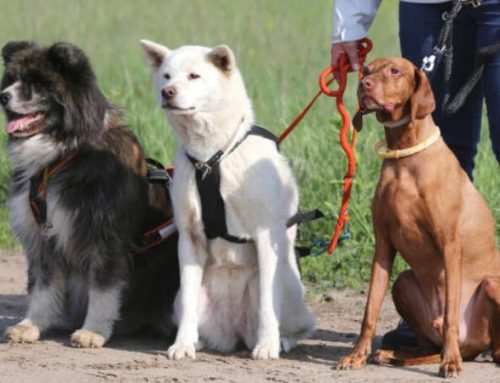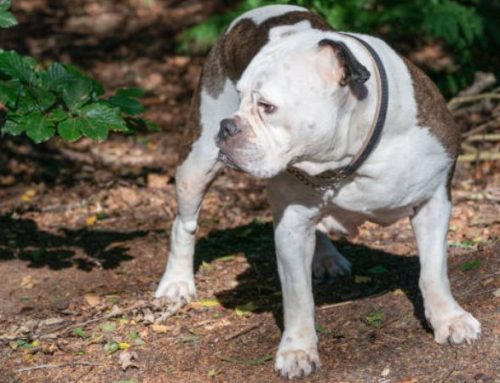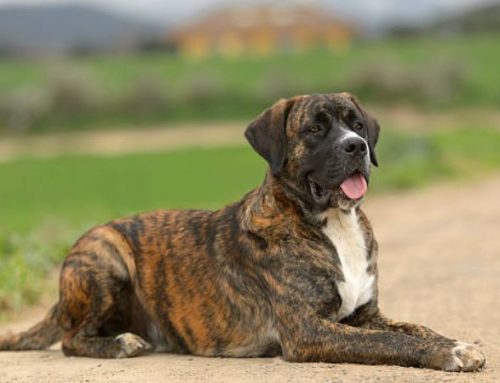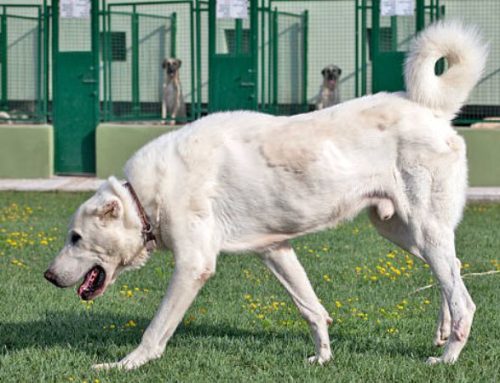Bringing a puppy home is pure joy full of playful moments, curious sniffs, and a few inevitable messes. One of the most important early lessons is teaching them to do their business outside. In this guide, Nexus-Pets will share clear, practical tips to help you train your puppy to go to the toilet outdoors, making life cleaner, easier, and happier for both of you.
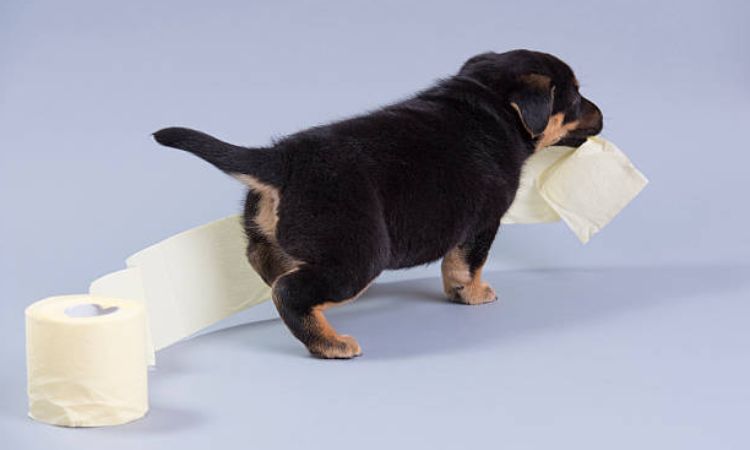
Prepare for Potty Training
Before starting potty training, take a moment to get prepared:
- Pick a potty spot – Choose one specific place outside where you want your puppy to go every time.
- Get your supplies ready – Have a leash for guiding them, treats for rewarding success, and cleaning materials for the occasional accident.
With these basics in place, you’ll make the training process smoother and less stressful for both you and your puppy.
Positive Reinforcement Technique
Using positive reinforcement is one of the most effective ways to teach your puppy to toilet outside. Start by choosing a simple, consistent verbal cue, such as “Go Potty”, and say it each time your puppy begins to eliminate. This helps them associate the action with the cue over time.
Reward your puppy immediately after they finish. This can include tasty treats, enthusiastic praise, or a short play session—whatever motivates your puppy most. Immediate rewards reinforce the behaviour and make it more likely they’ll repeat it.
Be careful not to interrupt your puppy while they’re going, and avoid repeating the cue unnecessarily. Overdoing it can confuse them or break their focus. Keep your cues clear, consistent, and simple so your puppy quickly learns that going to the toilet outside is the behaviour you want to see.
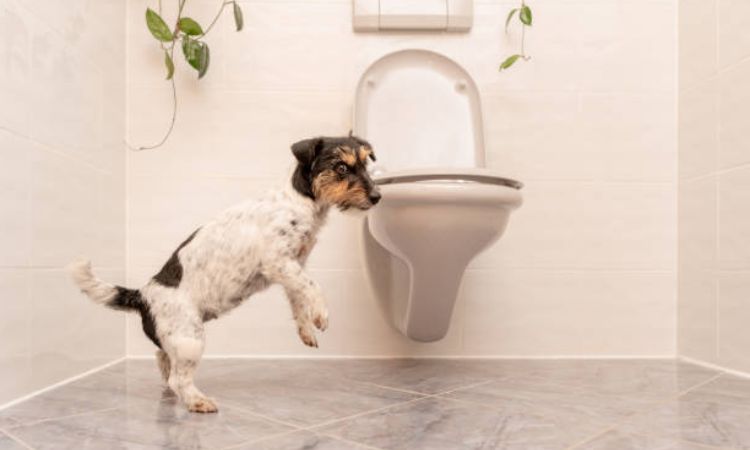
Supervise and Watch for Signs
Careful observation is a crucial part of successful potty training. Puppies often give subtle but clear signals when they need to relieve themselves. Look out for behaviors such as sniffing the floor intently, circling in one spot, or heading toward the door. Being able to recognize these cues early allows you to respond quickly and prevent accidents indoors.
During each potty break, it’s helpful to keep your puppy on a leash. This not only ensures their safety but also allows you to guide them directly to the designated outdoor area without distractions. Controlled guidance helps reinforce the habit of going to the same spot each time.
If your puppy starts to eliminate inside, gently pick them up and carry them immediately to the outdoor potty area. Avoid scolding or startling them—your calm and prompt action teaches them the correct place for toileting. Over time, your puppy will begin to associate the outdoor area with going to the bathroom, reducing mistakes and building confidence in their routine.
By supervising closely, anticipating your puppy’s signals, and acting quickly, you create a structured environment that encourages good habits and makes the potty training process much smoother and more effective.
Using Crate Training to Aid Potty Training
Crate training is a highly effective tool to support potty training, as it provides your puppy with a safe, secure, and comfortable space to rest. When introduced gradually and positively, a crate becomes a place where your dog feels calm and protected, reducing stress while reinforcing good habits.
One of the key advantages of crate training is that dogs naturally avoid soiling their sleeping area. This instinct encourages them to hold their bladder and bowels until they are taken outside to the designated potty spot, which accelerates learning bladder control and reduces accidents inside the home.
It is important to use the crate when you are not able to supervise your puppy directly. By keeping them in the crate during times when accidents are more likely, you provide a controlled environment that prevents mistakes and protects your flooring and furniture. Always ensure the crate is appropriately sized large enough for your puppy to stand, turn around, and lie down comfortably, but not so big that they can eliminate in one corner and sleep in another.
Crate time should never be used as a form of punishment. Instead, pair the crate with positive reinforcement, treats, and praise so that your puppy associates it with safety and comfort. Gradually, the crate will help your dog develop a reliable routine for toileting, while also offering a peaceful retreat when they need rest or alone time.

Troubleshooting Common Issues
Even with consistent training, puppies and adult dogs can sometimes encounter difficulties when learning where and when to go to the toilet. Understanding common challenges and knowing how to address them can help you maintain progress and reduce frustration.
Puppy refusing to go outside
Some puppies may be reluctant to toilet outdoors, often due to distractions, fear, or overstimulation. To encourage them:
- Keep outings short and manageable at first, giving your puppy a clear focus on the task.
- Minimize distractions by choosing a quiet, familiar location for potty breaks.
- Consider using an attractant spray or a small amount of dirt from their previous potty spot to make the area more appealing.
Frequent accidents indoors
If your puppy continues to have accidents inside the house, it may indicate that they are not being taken out often enough or that supervision is insufficient. To address this:
- Increase the frequency of outdoor trips, especially after meals, naps, play, or periods of excitement.
- Closely supervise your puppy during times when accidents are more likely. Watch for warning signs like sniffing, circling, or heading toward the door.
- Use verbal cues and immediate rewards consistently to reinforce proper toileting behavior.
Hesitation to eliminate outdoors
Some puppies may go outside but show hesitation or anxiety when trying to eliminate. To help them feel comfortable:
- Create a calm, quiet potty spot away from high-traffic areas, loud noises, or other pets.
- Allow your puppy time to sniff and explore the area without pressure, using patience and gentle encouragement.
- Continue to reward any successful attempt with praise, treats, or a short play session to build confidence and reinforce positive associations.
By observing your puppy’s behavior and adjusting your approach as needed, you can troubleshoot these common issues effectively. Remember, patience, consistency, and positive reinforcement are key to helping your dog develop reliable outdoor toileting habits.
Teaching your puppy to go to the toilet outside can be a challenging but ultimately rewarding process. Consistency, patience, and positive reinforcement are the keys to success. By sticking to a strict schedule, rewarding your puppy for doing their business outside, and understanding that accidents will happen, you will set your new companion up for a lifetime of good habits.


